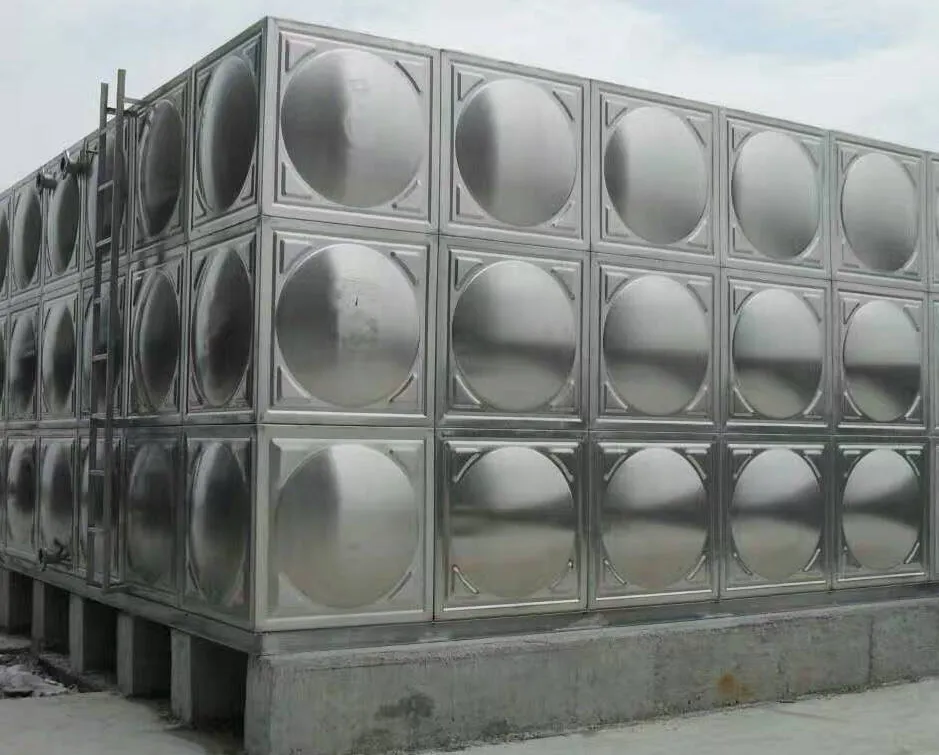loading...
- No. 9, Xingyuan South Street, Dongwaihuan Road, Zaoqiang County, Hengshui, Hebei, China
- admin@zjcomposites.com
- +86 15097380338
- Welcome to visit our website!
Exploring the Benefits and Applications of Structural Fiber Reinforced Polymers in Modern Engineering
Structural FRP A Revolution in Modern Construction
In recent years, the construction industry has seen significant advancements in material science, and one of the most notable innovations is the use of Fiber Reinforced Polymer (FRP) composites in structural applications. With properties that enhance performance, durability, and versatility, structural FRP is becoming a preferred choice for engineers and architects looking to push the boundaries of traditional construction methods.
Understanding FRP
Fiber Reinforced Polymers (FRP) are composite materials made from a polymer matrix reinforced with fibers, typically glass, carbon, or aramid. These materials combine the benefits of lightweight structures with high strength and stiffness, making them ideal for a wide range of applications. Unlike traditional materials such as steel and concrete, FRP composites can be engineered to exhibit unique properties tailored to specific demands, enabling innovative designs not previously achievable.
Advantages of Structural FRP
1. Lightweight Nature One of the most significant advantages of FRP is its lightweight nature. This characteristic allows for easier handling and transportation of materials to construction sites, reducing labor costs and construction time. The reduced weight also lessens the load on structural components, which is particularly beneficial in bridges, buildings, and other infrastructures.
2. Corrosion Resistance FRP composites are highly resistant to corrosion, making them suitable for harsh environments. Unlike steel, which can suffer from rust and degradation over time due to exposure to moisture and chemicals, FRP retains its structural integrity, significantly extending the lifespan of the structure.
3. Design Flexibility The ability to mold FRP into various shapes and sizes provides architects and engineers with unprecedented design flexibility. This adaptability allows for the creation of aesthetically pleasing structures that can meet both functional and creative requirements. Moreover, the combination of different fibers and resins can lead to enhanced mechanical properties, making FRP a customizable solution for specific projects.
structural frp

4. Thermal and Electrical Insulation FRP serves as an excellent insulator, providing desirable thermal and electrical properties. This can reduce energy consumption in buildings and help ensure safety in infrastructure such as power plants or electrical installations.
Applications of Structural FRP
The versatility of structural FRP has led to its application in a variety of sectors, including civil engineering, aerospace, automotive, and marine industries. In civil engineering, FRP is increasingly used in bridge construction, where lightweight beams and reinforcements can significantly reduce the load on existing structures. In earthquake-prone regions, FRP can enhance the resilience of buildings, helping them withstand seismic forces.
In the aerospace industry, the lightweight characteristics of FRP contribute to fuel efficiency and performance enhancements, making it a crucial material in aircraft design. Similarly, the automotive sector employs FRP to improve fuel economy and safety by reducing vehicle weight.
Challenges and Future Directions
Despite its many advantages, the widespread adoption of structural FRP does face challenges. Issues such as the initial cost of materials, manufacturing processes, and a lack of established design codes can hinder its use. However, ongoing research and development are focused on addressing these challenges, making FRP more accessible and cost-effective for larger scale applications.
As the construction industry continues to evolve, the integration of advanced materials like structural FRP will be essential in creating sustainable, efficient, and innovative structures. The future of construction is bright, and FRP composites stand at the forefront of this revolution, promising to reshape the way we design and build for generations to come.
-
The Expansive Industrial Reign of FRP Pressure VesselsNewsAug.22,2025
-
Manufacturing Premium FRP Square Pipes for Global Wholesale ExcellenceNewsAug.22,2025
-
Strategic Applications for FRP Grating SolutionsNewsAug.22,2025
-
Material Science Forging GRP Water Tank LongevityNewsAug.22,2025
-
The Engineered Excellence: Material Science Behind FRP Railing SystemsNewsAug.22,2025
-
How Digital Pultrusion Revolutionizes FRP Profile WholesalingNewsAug.22,2025
-
The Rise of FRP Profiles: Strong, Lightweight, and Built to LastNewsJul.14,2025
